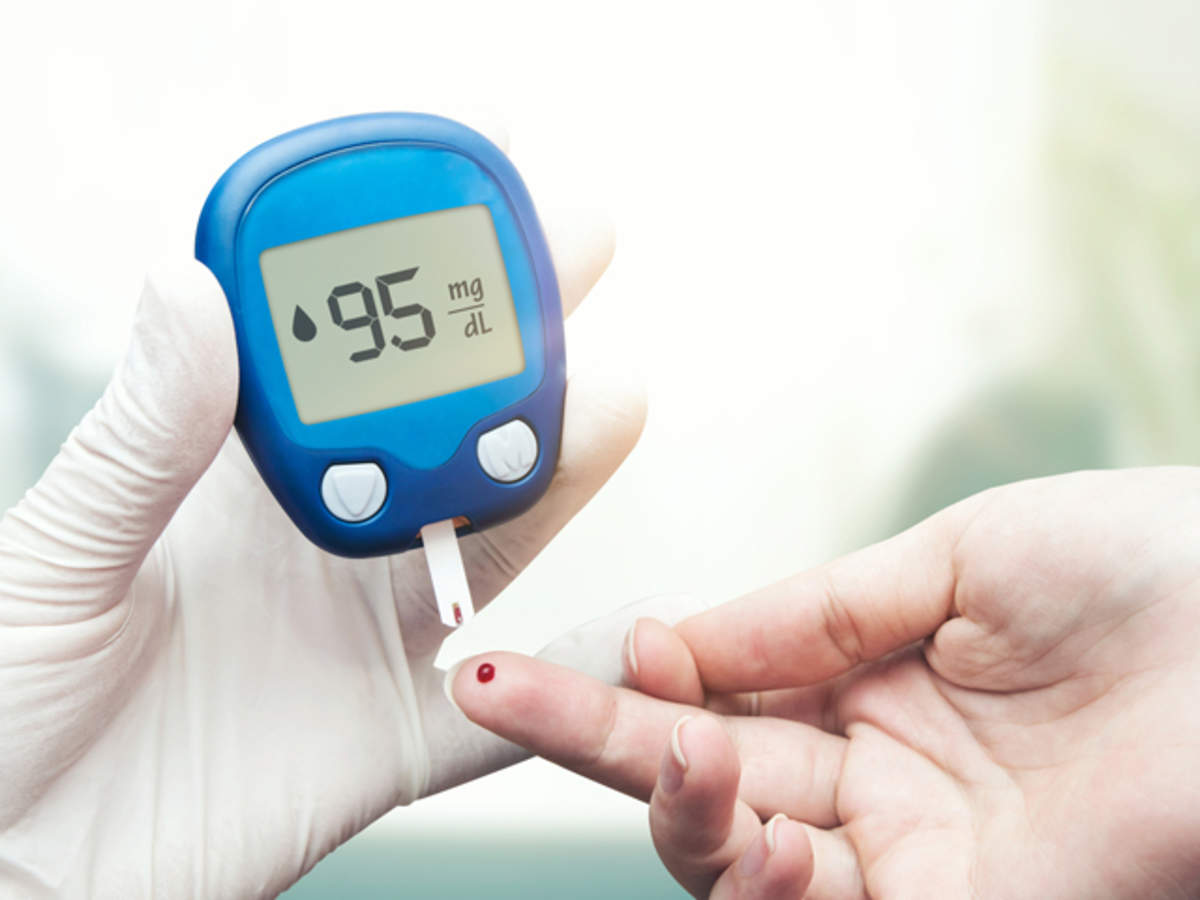Storage Guidelines of insulin
| Take steps to store your insulin correctly, or it might not work. Do not store your insulin near extreme heat or extreme cold. Never store insulin in the freezer, direct sunlight, or in the glove compartment of a car. Check the expiration date before using, and don’t use any insulin beyond its expiration date. Examine the bottle closely to make sure the insulin looks normal before you draw the insulin into the syringe. To ensure that your insulin remains effective, stable, and undamaged in use insulin should discard after 28days, whether in a vial or cartridge. Insulin that is not in use should be stored in the refrigerator. If refrigeration is not possible, it can be kept at room temperature [15-25 degrees C] for 28 days. The in-use vial may be kept at room temperature [15-25 degrees C] In use cartridges should be kept at room temperature and SHOULD NOT be kept in the refrigerator. Write the date on the insulin vial on the day you open it or start keeping it outside the fridge. This will help you remember when to stop using it |
4. Expiration guidelines
| An open insulin bottle, cartridge, or pen is only good for a limited time. Follow these guidelines for discarding insulin: Glargine (Lantus): Discard opened bottles, pens, and cartridges 28 days after you’ve started to use them. Lispro (Humalog): Discard opened bottles, pens, and cartridges 28 days after you’ve started to use them. NPH: Discard opened bottles after 42 days. Discard pens and cartridges 14 days after you’ve started to use them. All insulins: Discard unopened bottles, pens, and cartridges when they reach the expiration date listed on the medicine. Discard opened bottles, pens and cartridges based on days at room temperature found in the patient medication information sheet that comes with your fill or refill. |
5.Travel tips
| Follow these guidelines when you’re traveling: Protect insulin from getting too hot or too cold. Too hot is above 80°F; too cold is below 36°F. Don’t leave your insulin in a parked car when temperatures are extreme. When traveling by bus, train, or plane, keep your insulin, other medicines, and diabetes supplies with you in a carry-on bag — preferably in an insulated bag, such as a lunch bag. To get through airport security, keep your insulin in its original packaging with the prescription label. |


